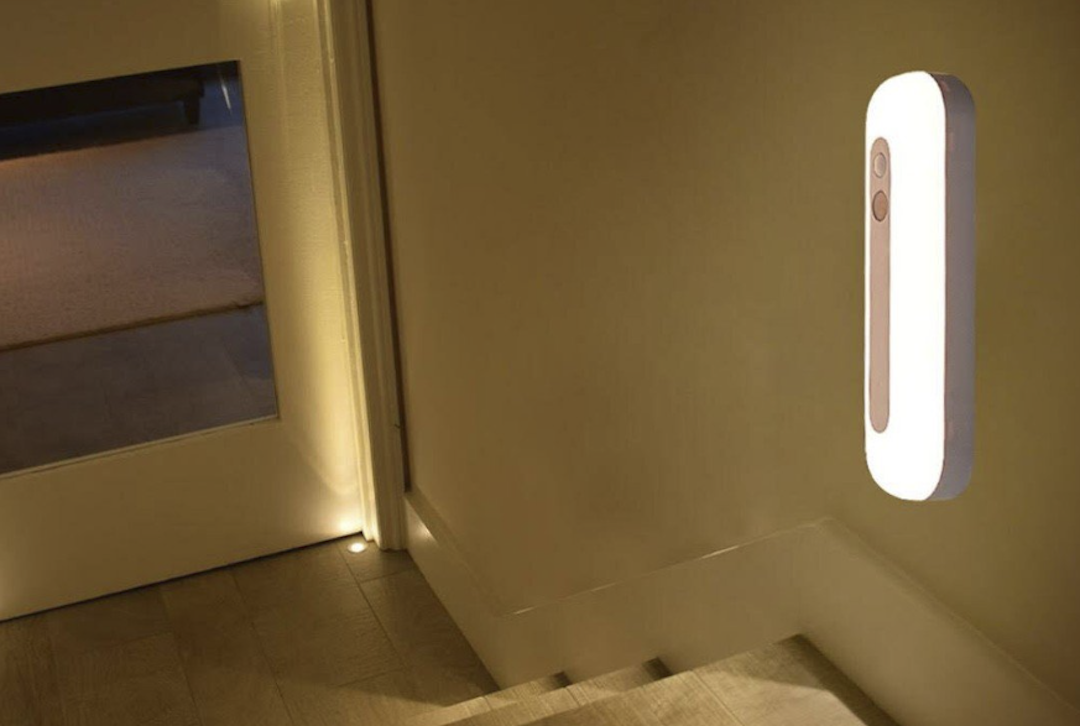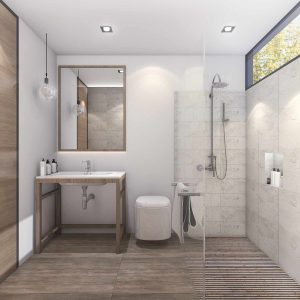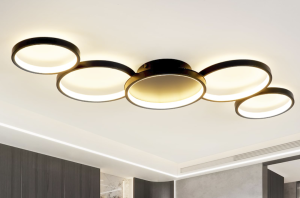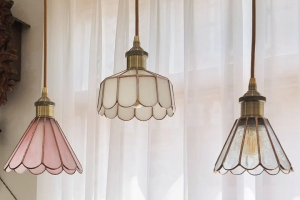
Motion sensor entrance lights are innovative lighting solutions designed to enhance both convenience and security around residential and commercial properties. These lights are equipped with sensors that detect movement within a specified range, automatically activating the light when someone approaches. This technology not only provides illumination in dark areas but also serves as a deterrent against potential intruders.
The sensors typically utilize passive infrared (PIR) technology, which detects changes in heat emitted by moving objects, or microwave sensors that emit waves to sense motion. The design of motion sensor entrance lights varies widely, from sleek and modern fixtures to more traditional lantern styles, allowing homeowners to choose options that complement their architectural aesthetics. Many models are also equipped with adjustable settings, enabling users to customize the sensitivity of the sensor, the duration of the light activation, and even the brightness level.
This adaptability makes them suitable for various environments, whether it be a dimly lit pathway, a garage entrance, or a front porch. Understanding these features is crucial for selecting the right model that meets specific needs and preferences.
Benefits of Using a Motion Sensor Entrance Light
One of the primary benefits of motion sensor entrance lights Xlightings is their ability to enhance security. By illuminating entry points when movement is detected, these lights can deter potential burglars or trespassers who prefer to operate in darkness. The sudden burst of light can startle an intruder, making them think twice about their intentions.
Furthermore, many modern systems can be integrated with home security systems, providing real-time alerts to homeowners when motion is detected, thereby increasing overall safety. In addition to security benefits, motion sensor entrance lights offer significant energy savings. Traditional lighting systems often remain on for extended periods, leading to increased electricity bills.
In contrast, motion sensor lights only activate when needed, reducing unnecessary energy consumption. This feature is particularly beneficial for outdoor lighting, where lights may otherwise be left on all night. Moreover, many models now utilize LED technology, which is not only energy-efficient but also has a longer lifespan compared to incandescent bulbs.
This combination of energy efficiency and longevity makes motion sensor entrance lights an economically sound choice for homeowners.
Factors to Consider When Choosing a Motion Sensor Entrance Light
When selecting a motion sensor entrance light, several factors should be taken into account to ensure optimal performance and satisfaction. First and foremost is the detection range of the sensor. Different models have varying ranges, typically from 15 to 50 feet.
Homeowners should assess the layout of their property and choose a light that can adequately cover the desired area without leaving blind spots. Additionally, the angle of detection is crucial; wider angles can cover more area but may also lead to false triggers from passing cars or animals. Another important consideration is the power source of the motion sensor light.
Options include hardwired systems that connect directly to the electrical grid and battery-operated models that offer more flexibility in placement. Solar-powered lights are also gaining popularity due to their eco-friendliness and ease of installation. However, solar lights may require adequate sunlight exposure to function effectively, which can be a limitation in shaded areas.
Furthermore, homeowners should evaluate the durability and weather resistance of the fixture, especially if it will be exposed to harsh environmental conditions.
Installation and Maintenance of a Motion Sensor Entrance Light
Installing a motion sensor entrance light can be a straightforward process, especially for those who opt for battery-operated or solar-powered models that require minimal setup. For hardwired options, however, it may be advisable to consult with a professional electrician to ensure proper installation and compliance with local electrical codes. The installation location is critical; ideally, the light should be mounted at a height that maximizes its detection capabilities while minimizing obstructions from trees or structures.
Once installed, maintenance of motion sensor entrance lights is relatively simple but essential for ensuring longevity and optimal performance. Regularly cleaning the sensor lens is crucial as dirt or debris can impede its ability to detect motion accurately. Additionally, checking the light bulb or LED for functionality should be part of routine maintenance; replacing burnt-out bulbs promptly will ensure that the light remains effective when needed most.
For solar-powered models, it’s important to periodically check that solar panels are free from obstructions and dirt to maintain charging efficiency.
Different Types of Motion Sensor Entrance Lights
The market offers a diverse array of motion sensor entrance lights tailored to various needs and preferences. One common type is the wall-mounted fixture, which can be installed near doorways or garages. These lights often feature adjustable heads that allow users to direct light where it’s most needed.
Another popular option is the floodlight style, which provides broad illumination over larger areas and is ideal for driveways or expansive yards. In addition to these traditional styles, there are also innovative designs such as smart motion sensor lights that integrate with home automation systems. These smart lights can be controlled remotely via smartphone apps, allowing homeowners to adjust settings or receive notifications when motion is detected.
Furthermore, some models come equipped with additional features such as built-in cameras or two-way audio systems, enhancing security by allowing homeowners to monitor their property in real-time.
How to Use a Motion Sensor Entrance Light to Enhance Home Security
To maximize the security benefits of motion sensor entrance lights, strategic placement is essential. Positioning lights near entry points such as doors and windows can significantly reduce the risk of break-ins by illuminating these vulnerable areas when movement is detected. Additionally, placing lights along pathways leading to entrances can help guide visitors safely while simultaneously deterring unwanted guests.
Integrating motion sensor lights with other security measures can further enhance home protection. For instance, connecting these lights to a home security system allows for real-time alerts sent directly to homeowners’ smartphones when motion is detected. This integration can provide peace of mind when away from home, as users can monitor activity remotely and take appropriate action if necessary.
Furthermore, combining motion sensor lights with security cameras creates a comprehensive surveillance system that captures footage of any suspicious activity illuminated by the lights.
Tips for Maximizing the Efficiency of a Motion Sensor Entrance Light
To ensure that motion sensor entrance lights operate at peak efficiency, several practical tips can be implemented. First, adjusting the sensitivity settings according to the environment can help minimize false triggers caused by pets or passing vehicles. Many models allow users to customize sensitivity levels based on their specific needs, ensuring that the light activates only when necessary.
Another effective strategy is to regularly maintain the surrounding area by trimming back foliage or landscaping that may obstruct the sensor’s view. Keeping pathways clear and well-lit not only enhances safety but also ensures that the sensor can detect movement effectively without interference from environmental elements. Additionally, utilizing LED bulbs in motion sensor lights can significantly improve energy efficiency while providing bright illumination when needed.
Frequently Asked Questions About Motion Sensor Entrance Lights
Many homeowners have questions regarding the functionality and installation of motion sensor entrance lights. One common inquiry pertains to how long these lights remain on after detecting motion. Most models allow users to adjust this duration; typical settings range from 30 seconds to several minutes before automatically turning off again.
Another frequently asked question involves the effectiveness of solar-powered motion sensor lights during winter months or in areas with limited sunlight exposure. While solar-powered models do rely on sunlight for charging, many are designed with efficient batteries that can store energy for use during cloudy days or nighttime hours. However, homeowners should consider their specific location and sunlight availability when choosing between solar and hardwired options.
Understanding these aspects of motion sensor entrance lights can empower homeowners to make informed decisions about their outdoor lighting solutions while enhancing both security and convenience around their properties.






